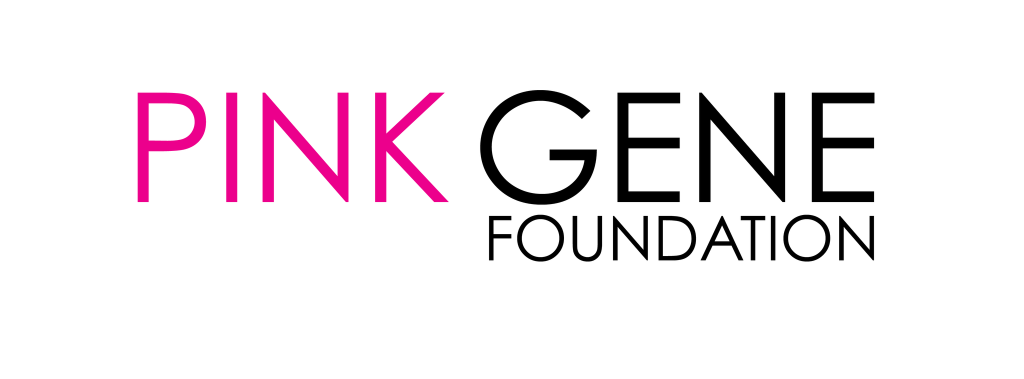Awareness
Once a person is determined to have a malignant tumor or the diagnosis of breast cancer, the healthcare team will determine staging to communicate how far the disease has progressed.
Are you at a high risk for breast cancer?
Discovering that you are at high risk for breast cancer can be very scary. Navigating through your educational packets, doctors notes, test results and developing a plan can be very overwhelming. There are many challenges that you will face during your journey. Here are a list of challenges you may face and that we would like to help guide you through: Side effects of risk-reducing measures, body image concerns, dating and relationships, feeling of fear and not knowing what path to pick, deciding what plan is best for you, losing a loved one to cancer at an early age, coping with a loved ones diagnosis, fertility and financial & insurance issues. The most common type of breast cancer is ductal carcinoma, which begins in the lining of the milk ducts (thin tubes that carry milk from the lobules of the breast to the nipple). Another type of breast cancer is lobular carcinoma, which begins in the lobules (milk glands) of the breast. Invasive breast cancer is breast cancer that has spread from where it began in the breast ducts or lobules to surrounding normal tissue. Breast cancer occurs in both men and women, although male breast cancer is rare.
Mammograms
A mammogram is an x-ray of the breast. There are screening mammograms for women who have no signs of the disease. There are also diagnostic mammograms for women who have found a lump or other sign of the disease. Possible signs can be a lump in the breast, breast pain, thickening of the skin of the breast, discharge from the nipple, or a change in breast size or shape. However, these signs may be signs of benign conditions.
Pink Gene Screen
Breast Cancer Statistics
- Estimated new cases and deaths from breast cancer in the United States in 2013:
- New cases: 232,340 (female); 2,240 (male)
- Deaths: 39,620 (female); 410 (male)
- 12 percent of women in the general population will develop breast cancer sometime during their lives
- The most common cancer in women, no matter your race or ethnicity
- About 1 in 8 U.S. women (just under 12%) will develop invasive breast cancer over the course of her lifetime
- A woman’s risk of breast cancer approximately doubles if she has a first-degree relative (mother, sister, daughter) who has been diagnosed with breast cancer. About 15% of women who get breast cancer have a family member diagnosed with it
- Women with a BRCA1 mutation have a 55-65% risk of developing breast cancer before age 70, and often at a younger age that it typically develops. BRCA1 mutations are a less frequent cause of breast cancer in men.
- For women with a BRCA2 mutation, this risk is 45%. An increased ovarian cancer risk is also associated with these genetic mutations. In men, BRCA2 mutations are associated with a lifetime breast cancer risk of about 6%.
- About 85% of breast cancers occur in women who have no family history of breast cancer.
- Compared to older women, young women generally face more aggressive cancers and lower survival rate

